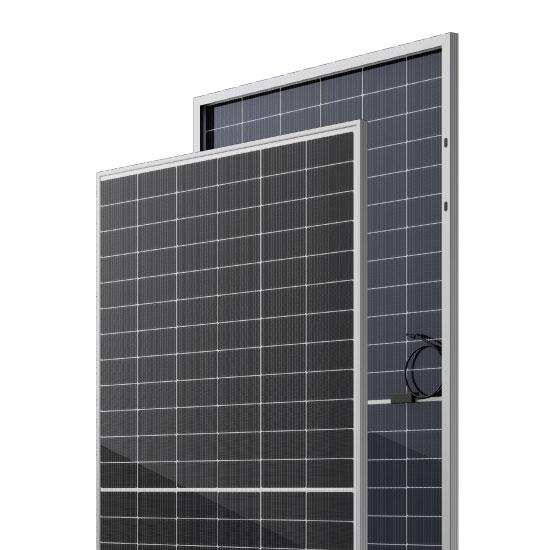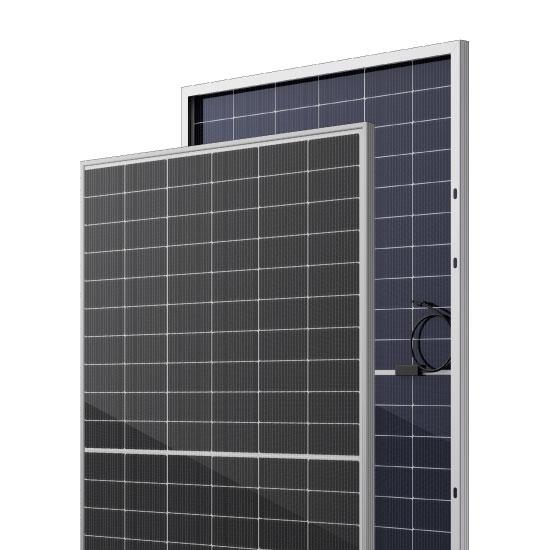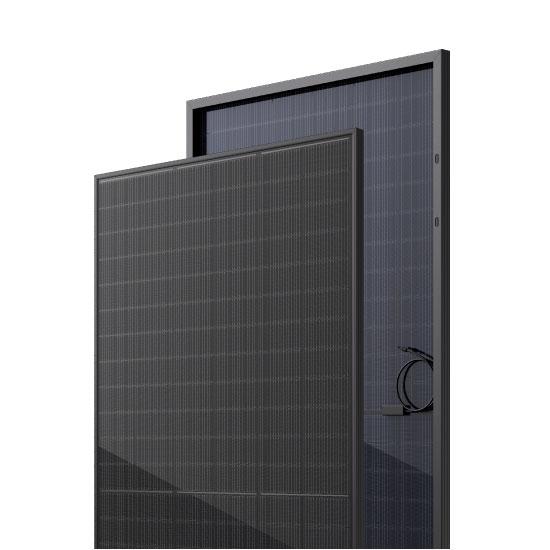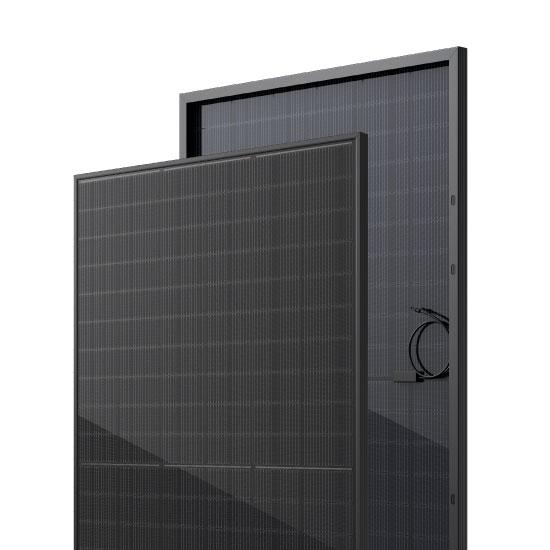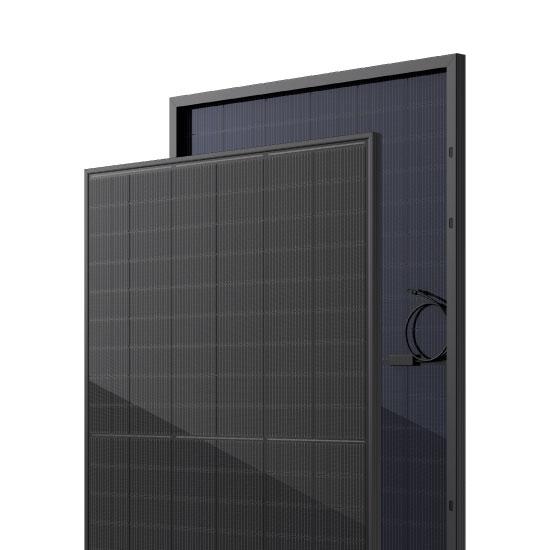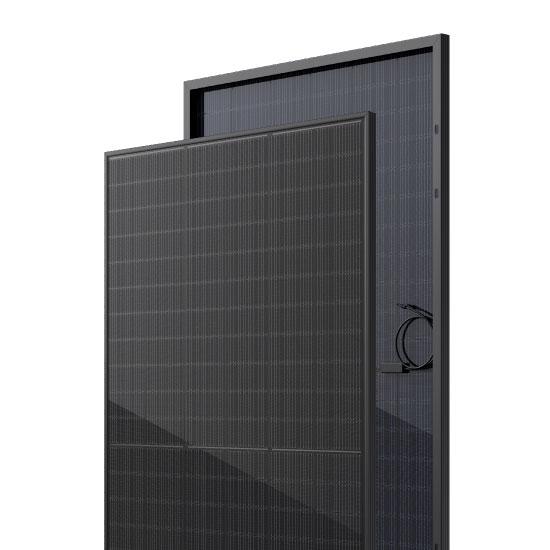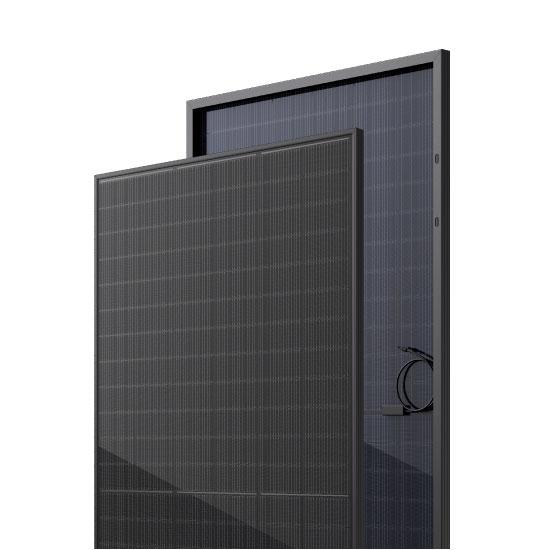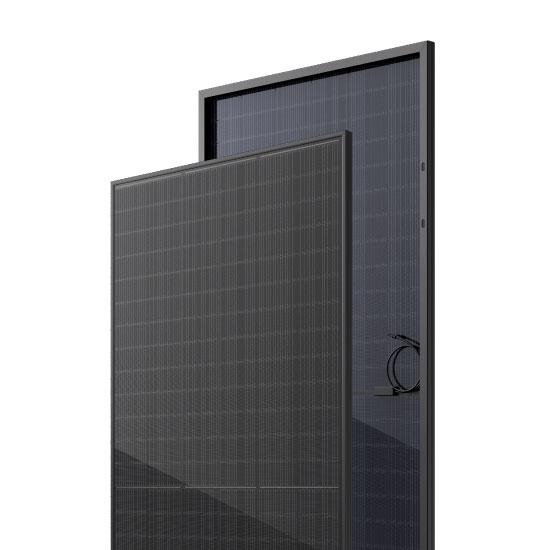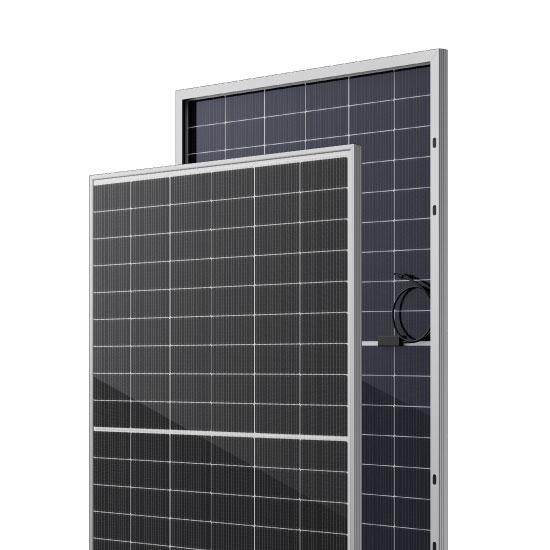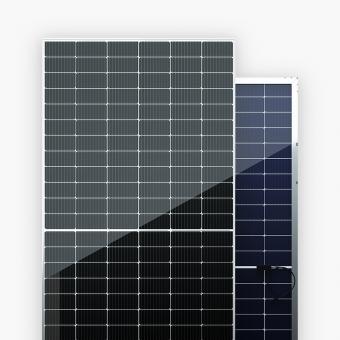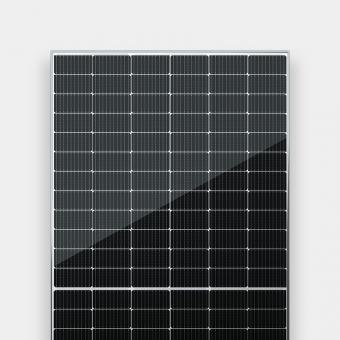
MBB BiMAX5N TOPCon Solar Module
BIMAX5N bifacial TOPCon solar panels could increased power output thanks to its larger cell size (182*182mm) allows for capturing more sunlight; moreover, with TOPCon technology, it could boasts superior conversion efficiency compared to traditional solar cell types; the combination of larger cell size and improved efficiency results in a higher power density per unit area, which means it has a much higher power density; another advantage of this TOPCon solar panel is this could potentially reduce Balance-of-System (BOS) costs, which encompass installation, wiring, and other non-panel equipment. Last but not least, unlike traditional solar panels that only capture sunlight from the front, these bifacial TOPCon panels can capture sunlight from both the front and back surfaces.

Large Solar Cell Advantages
While the size of a solar cell isn't everything, larger cells offer some distinct advantages over their smaller counterparts: 1: increased power output; 2: improved efficiency; 3: reduced interconnection losses; 4: potentially lower manufacturing costs.

Half Cut Technology Advantages
Half-cut solar cells, made by dividing traditional cells in half, deliver several benefits. They experience lower power loss due to shorter current paths, leading to higher efficiency and power output. Additionally, they handle shade and hot spots better, reducing overall performance drops. Their smaller size also boosts mechanical strength and makes them less prone to cracking. While the initial cost might be slightly higher, the increased efficiency, durability, and overall performance often make them a worthwhile investment.

BiMAX5N TOPCon Certifications:
IEC 61215, IEC 61730, UL 61730
ISO 9001:2008: ISO Quality Management System
ISO 14001: 2004: ISO Environment Management System
OHSAS 18001: 2007 Occupational Health and Safety
BiMAX5N Solar Panel Features:
- Bifacial technology enables additional energy harvesting from rear side (up to 25%)
- Glass/glass lamination ensures 30 year product lifetime, with annual power degradation < 0.45%,
- 1500V compatible to reduce BOS cost
- Solid PID resistance ensured by solar cell process optimization and careful module BOM selection Reduced resistive loss with lower operating current
- Higher energy yield with lower operating temperature
- Reduced hot spot risk with optimized electrical design and lower operating current













